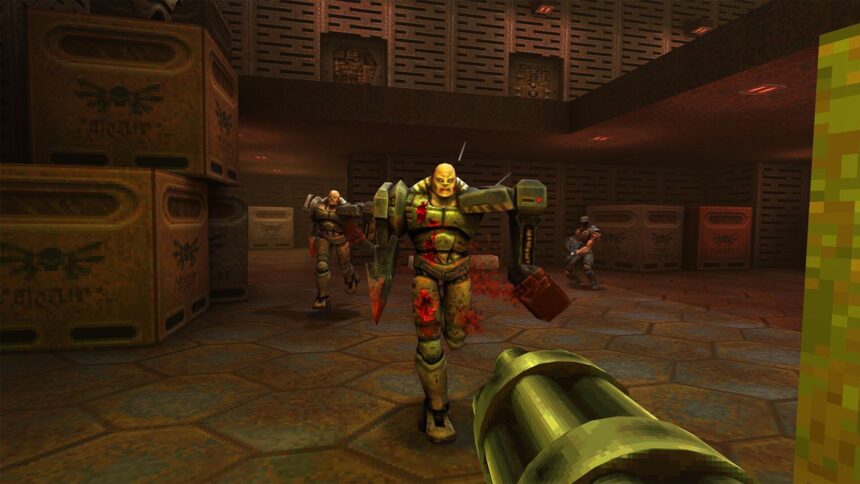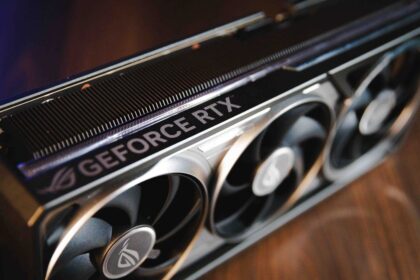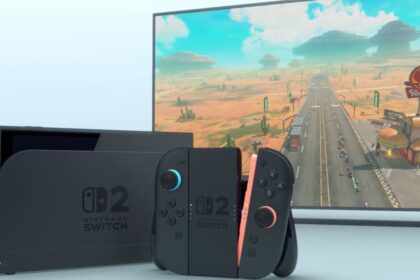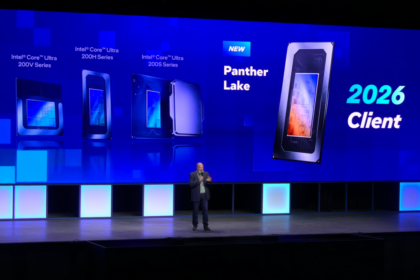Microsoft has unveiled a free, AI-generated version of Quake II—a fresh take on the 1997 classic, entirely recreated using its artificial intelligence tool Muse.
Unlike the original, this version dynamically adjusts the game as you play. That means enemies, level layouts, and key events won’t appear in the same places, creating a new experience each time. Currently, the game is only available on web browsers.
This release isn’t just about nostalgia—it’s a tech demo for what Microsoft’s Muse AI can do. The AI system was developed in partnership with Ninja Theory, leveraging a massive dataset collected from the studio’s previous game, Bleeding Edge. We’re talking about over 1 billion images and recorded player inputs.
While the current version has some limitations—like lower resolution and some input lag—it’s a bold glimpse into the future. Microsoft envisions Muse eventually being able to replicate the gameplay and look of any existing title, pushing the boundaries of AI in game development.
Quake II and the focus on retro games
Microsoft says the real goal behind its Muse AI technology goes beyond just reimagining Quake II. The company hopes to bring back classic games—especially those whose original files have been lost over the years and are considered lost media.
Back in February, Xbox head Phil Spencer highlighted this as a huge opportunity to revive games that might otherwise never see the light of day again. And according to him, Muse AI isn’t limited to retro shooters.
“Muse can learn how a game works without needing the original hardware or game engine running,” Spencer explained.
That opens the door to reconstructing entire games just from gameplay data, visuals, and player interactions.
To be clear, Quake II itself isn’t lost media—it was officially remastered and re-released in 2023, complete with an updated multiplayer mode and a new campaign expansion. But it serves as a proof of concept for what Muse might eventually accomplish: helping preserve gaming history through AI.










